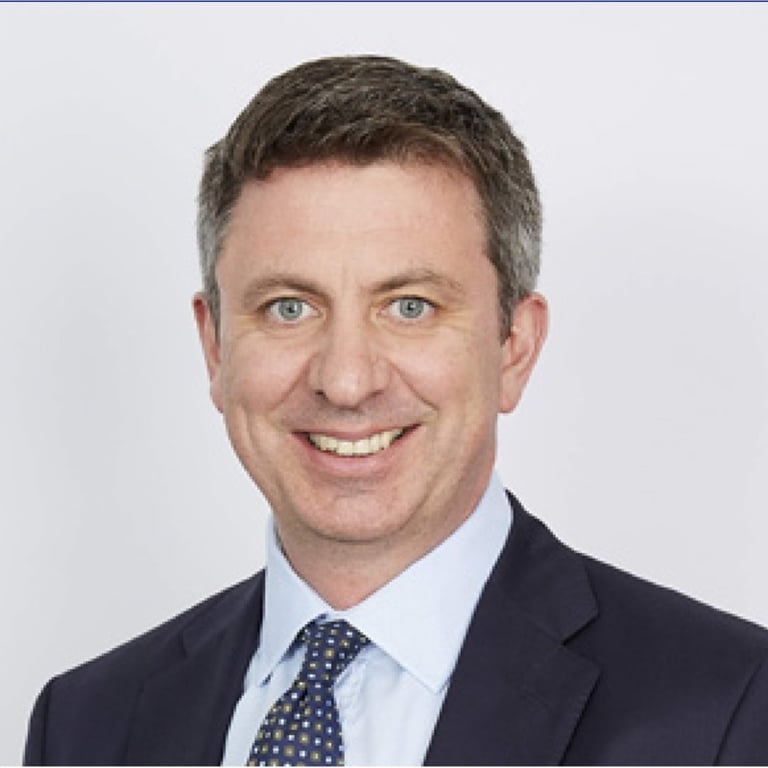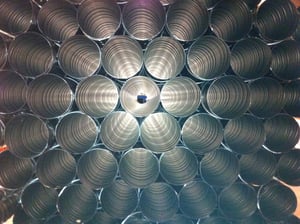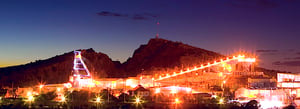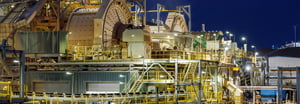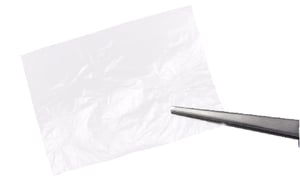Safestyle UK PLC (LON:SFE) is the topic of conversation when Zeus Capital’s Research Analyst Rachel Birkett caught up with DirectorsTalk for an exclusive interview
Q1: Safestyle UK announced their full year results today, can you give us a summary of those results please?
A1: Overall, performance for 2017 is line with our expectations, we’ve seen around 0.5% fall in revenue year-on-year, that’s been driven primarily by decline in volumes of frames sold offset in part by an increase in average frame prices.
The company’s frame volumes were down around 8% in the year, that’s reflected for the generally softer market overall for windows and doors so FENSA, which is an industry regulator, estimates that the market as a whole was down around 9% in 2017. So, Safestyle has actually grown its market share year-on-year, up to around 10.7% now and impressively, that is there 13th consecutive year of market share growth, despite a softer backdrop and also increasing competitive pressures in the industry.
So, volume decline was offset to a large extent by higher prices, average frame prices are up by 7.6% in the year so that includes a price rise of around 4% that management put through in January 2017. Also, a positive effect from mix so high sales in premium products, the bi-fold doors/conservatory higher end of their product range.
Adjusted profit before tax is down by 26% year-on-year, there has been a number of cost headwinds that the business has faced, these include increased lead generation costs so costs from the sales and canvassing teams and also spend on digital marketing, these were both up around 18% in the year so quite a significant increase. Also, increased costs from finance subsidies so the business can sell its products on finance agreements, there was an increased volume of sales made on finance, around 44% of sales in the year on finance versus 34% last year and that obviously increases the overall subsidy that Safestyle pays to its fin ace provider. Raw material costs have also been higher in the year, partly driven by FX so obviously sterling’s weakness has had an impact and also by higher commodity prices generally so that’s another cost headwind that they’ve faced.
Overall, the business remains very cash generative, cash conversion of around 87% in the year and the balance sheet is still strong so net cash of £11 million at the year-end and they have announced a final dividend of 7.5p which takes the annualised dividend yield to 12.6% so a very sizable dividend there.
Q2: What were the key operational developments in the year?
A2: So, whist there has been obviously some headwind for the business, management are taking really positive action to address both the cost base in the business and also their competitive position. They did introduce another price rise this January, so a 3% increase has been put through which should help going forward.
They’re also restructuring their sales and canvassing operation aimed at streamlining this and giving it a greater centralisation, both of their recruitment and the training processes. They’ve also announced plans to open their training academy which should mean they can secure staff easier and also hopefully create greater loyalty from their staff base, staff churn has been an issue and obviously that does represent quite a significant cost in terms of recruitment and training.
Digital transformation is a key focus for the business going forward, that will allow all stages of the sales process to be integrated to a single platform so lead generation, contract signing, and the survey process should all move to a single electronic platform. They are also establishing a centralised customer contact centre which will give a single touch point for customers and hopefully improve service levels.
Their new manufacturing facility was completed in 2017 and they’re already showing big gains in terms of efficiencies so labour utilisation is up around 15% and also quality is improving so the level of rejects there that they’re getting is down by around 60%. So, really significant improvements there that are ahead of what management were expecting.
New product lines are also expected to be introduced in the year and the new marketing strategy, which will be the use of in-store demonstrations so a slightly new angle for them, they have trialled it and they are seeing really successful conversions and sales. So, that’s something they’re looking to roll out in the year.
Q3: How would you describe the outlook for Safestyle UK for 2018?
A3: The market is challenging and is likely to remain challenging over the course of 2018, demand year-to-date is running down about 10% sector-wide and we are expecting around a 10% decline in their sales for 2018. That’s also being exasperated by a new market entrant which is competing quite aggressively to take share at the moment.
Management have shown a real commitment to focusing on reducing that cost base, on streamlining the business and we do expect 2018 will be a bit of a transformational year as they invest to deliver that leaner and more efficient model.
Overall, the company is well-invested business, it does have a strong track record of maintaining its market position over the cycle so, as I mentioned earlier, they’ve 13 years of successive market share growth. We do think that they will be well positioned for when a recovery in demand does come through.


